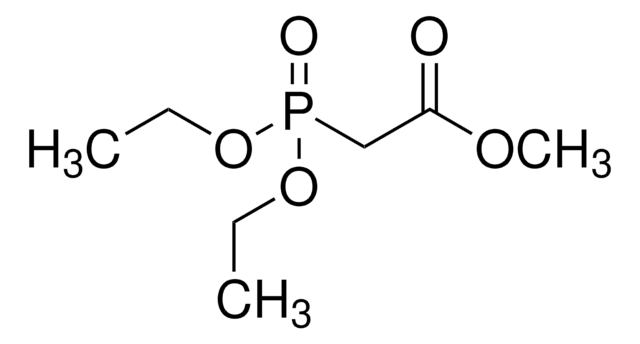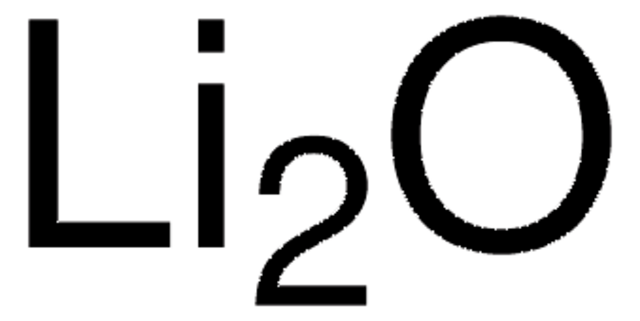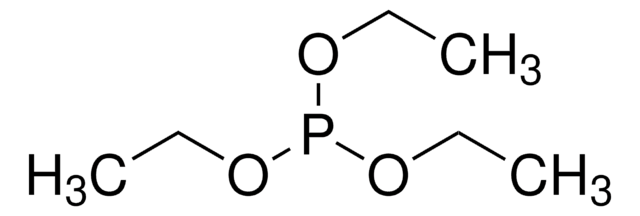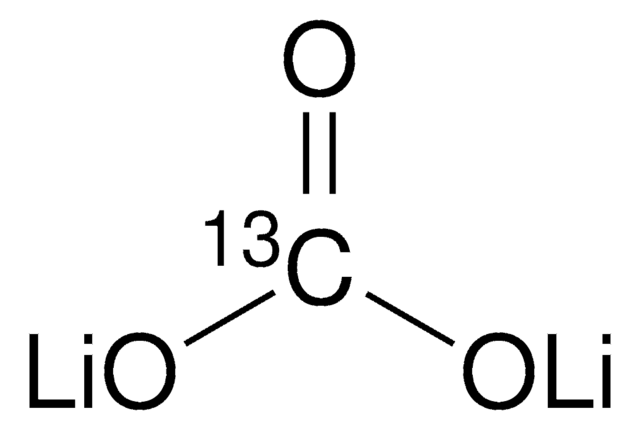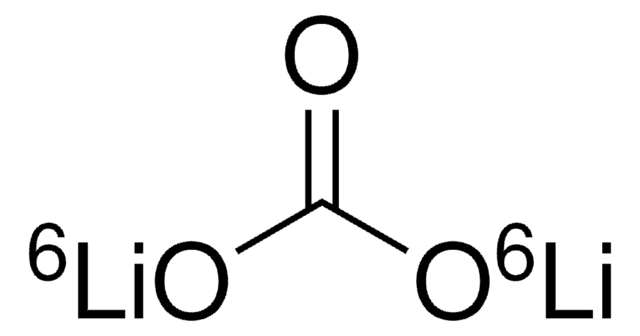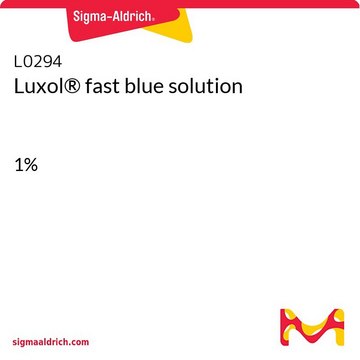Kluczowe dokumenty
203629
Lithium carbonate
99.997% trace metals basis
Synonim(y):
Carbolithium, Carbonic acid lithium salt
About This Item
Polecane produkty
Poziom jakości
Próba
99.997% trace metals basis
Formularz
powder
zanieczyszczenia
≤35.0 ppm Trace Metal Analysis
mp
618 °C (lit.)
gęstość
2.11 g/mL at 25 °C
Zastosowanie
battery manufacturing
ciąg SMILES
[Li+].[Li+].[O-]C([O-])=O
InChI
1S/CH2O3.2Li/c2-1(3)4;;/h(H2,2,3,4);;/q;2*+1/p-2
Klucz InChI
XGZVUEUWXADBQD-UHFFFAOYSA-L
informacje o genach
human ... GSK3A(2931) , GSK3B(2932) , IMPA1(3612)
Szukasz podobnych produktów? Odwiedź Przewodnik dotyczący porównywania produktów
Hasło ostrzegawcze
Warning
Zwroty wskazujące rodzaj zagrożenia
Zwroty wskazujące środki ostrożności
Klasyfikacja zagrożeń
Acute Tox. 4 Oral - Eye Irrit. 2
Kod klasy składowania
13 - Non Combustible Solids
Klasa zagrożenia wodnego (WGK)
WGK 1
Temperatura zapłonu (°F)
Not applicable
Temperatura zapłonu (°C)
Not applicable
Środki ochrony indywidualnej
dust mask type N95 (US), Eyeshields, Faceshields, Gloves
Wybierz jedną z najnowszych wersji:
Masz już ten produkt?
Dokumenty związane z niedawno zakupionymi produktami zostały zamieszczone w Bibliotece dokumentów.
Klienci oglądali również te produkty
Produkty
Lithium-Ion Battery Performance: Dependence on Material Synthesis and Post‑Treatment Methods
Nasz zespół naukowców ma doświadczenie we wszystkich obszarach badań, w tym w naukach przyrodniczych, materiałoznawstwie, syntezie chemicznej, chromatografii, analityce i wielu innych dziedzinach.
Skontaktuj się z zespołem ds. pomocy technicznej

